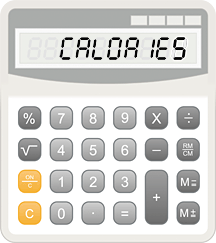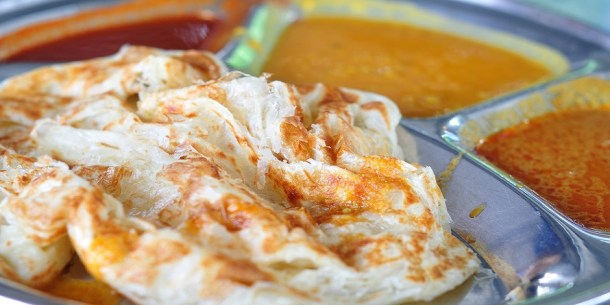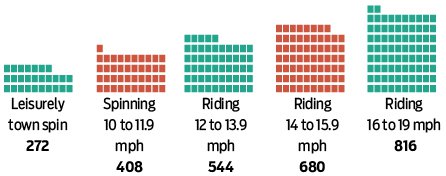
My friends and I cycle for exercise, and for social interaction. Some of that social interaction takes place while we are on our bikes. At least it does when we are riding at a moderate enough pace where talking whilst pedalling is physically possible.
Regular readers will know that most of that social interaction occurs over food. Be it pre-ride, mid-ride, post-ride, or any combination of the three. What the group wants to eat is often what determines where we ride. For example, a hankering for roti canai will take us to Kundang.

Photograph courtesy of therakyatpost.com
Once in a while, the number of calories burnt during the ride is used as justification for a second roti canai, or whatever else has tickled the taste buds at the time. Whatever calorie burn the Garmin bike computer reported must surely exceed the calories in two roti canai!

Graphic courtesy of bicycling.com
Unfortunately, bike computers don’t do a good job of estimating the number of calorie burnt. These devices use proprietary algorithms to calculate calorie burn. You are going to get different results from different devices, depending on the algorithms and the technology they use. There is no single international standard on how calorie burn should be measured.
Another contributor to inaccuracy is what I will call user “error”. The algorithms all use data like rider height, weight, gender, fitness class, etc. to estimate calorie burn. If a rider misstates their weight, for example, the estimated calorie burn will be less accurate.
The figures in the chart below are based on a 68kg / 150lb rider (so obviously not me) in constant motion; not including coasting, drafting, and descending.

Graphic courtesy of bicycling.com
Lastly, accuracy is much improved with heart rate information. So if you ride without a heart rate monitor, your Garmin will present you with nothing more than a rudimentary guesstimate of your calorie burn. And more than likely overstating the number of calories you burnt. Riding with a heart monitor reporting spurious data will also skew your calorie burn number.
DC Rainmaker has an informative blog post on this subject that you can read at How Calorie Measurement Works on Garmin Fitness Devices.
Even if we did have accurate calorie burn information, we would not necessarily be able to match our caloric intake to our caloric output. Most of us have no idea of how many calories are in a plain roti canai (approx. 300), or a serving of nasi lemak (approx. 400), or in a Big Mac (approx 560), or in a bowl of cendol approx. 200).
Those figures come from MyFitnessPal, and are approximations. Add egg to that roti canai, or a piece of fried chicken to that nasi lemak, and the calorie count will go up.

Graphic courtesy of bicycling.com
Now I know that two plain roti canai and two bowls of cendol contain at least 1,000 calories. Given my weight, height, and age, I have to ride at 26 to 32kph / 16 to 20mph for between an hour and 70 minutes to burn 1,000 calories.
It is a good thing that my social interactions while cycling are usually spread over three hours or so of pedalling at a decent pace. So I do earn that second roti canai after all. Plain of course!


















































